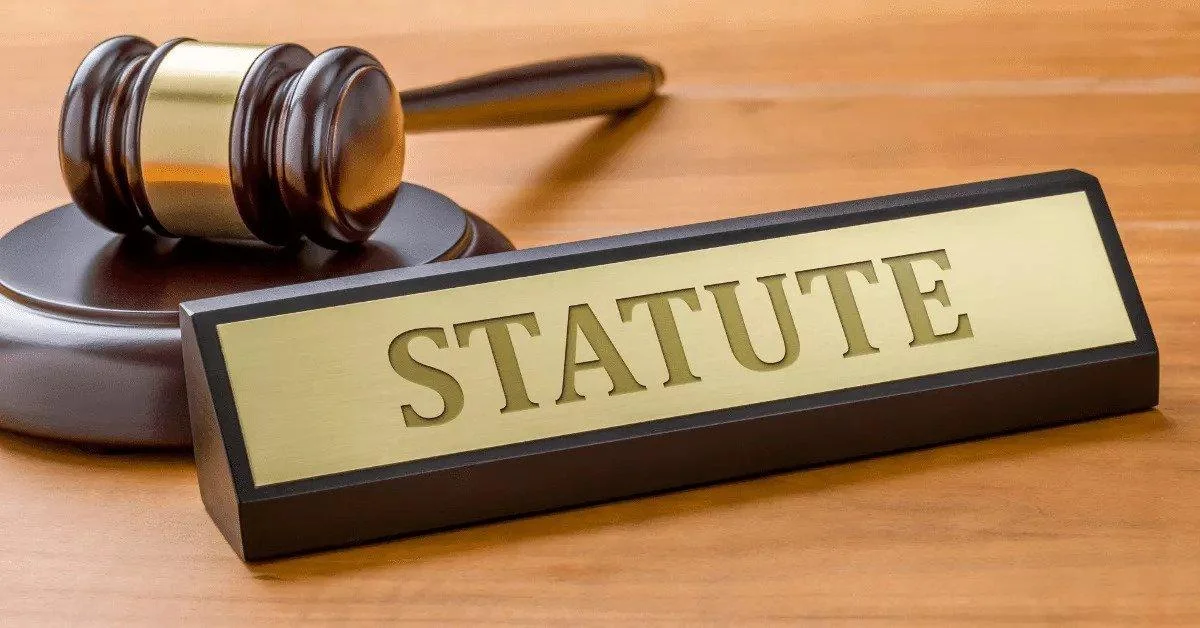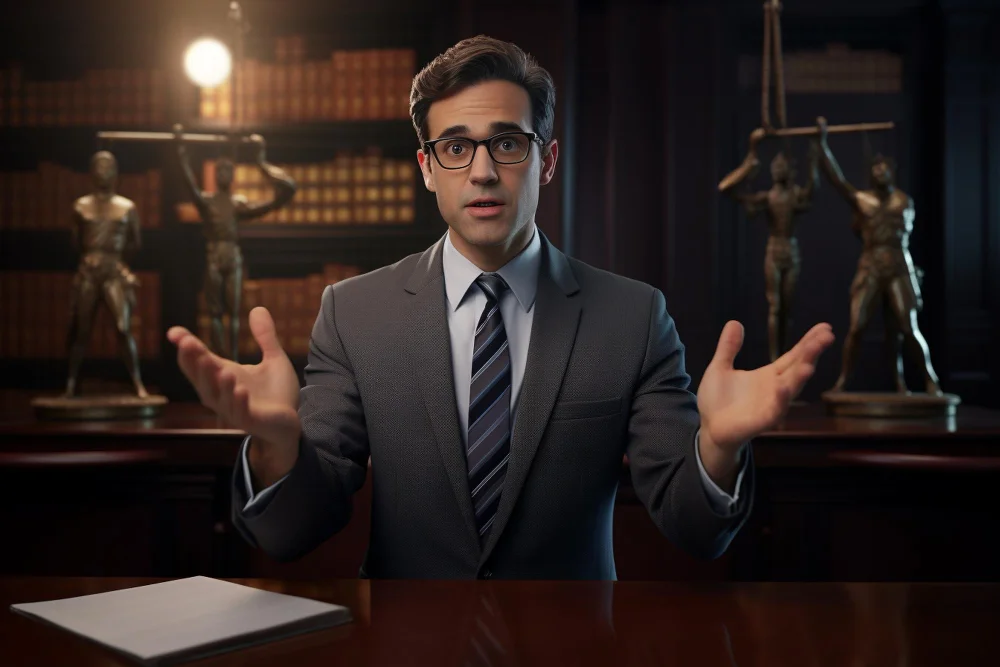Personal injury claims can be a complicated legal process. While injured victims are entitled to compensation for damages caused by someone else’s negligence, there are time limits set for filing such claims. This time limit is known as the statute of limitations, which varies from state to state. Therefore, it is imperative to understand the statute of limitations on personal injury claims to ensure you don’t miss out on your rightful compensation. In this blog, we will discuss the statute of limitations in New York and how a personal injury lawyer in Manhattan can help you in such situations.
Statute Of Limitations For Personal Injury Claims
The statute of limitations is a legal term that refers to the time limit within which an individual can file a lawsuit. In New York, the statute of limitations for personal injury claims is three years from the date of the injury. It implies if you have been injured in an accident, you have three years from the accident date to file a lawsuit.
If you fail to file a lawsuit within the statute of limitations, your case will be dismissed, and you will lose your right to compensation. Additionally, it’s important to note that there are some exceptions to the statute of limitations in certain situations, such as when the victim is a minor or when the injury is not immediately apparent.
Exceptions To The Statute Of Limitations
Though the general rule in New York is a three-year deadline for personal injury claims, there are specific exceptions to this rule:
- Medical Malpractice:
In medical malpractice cases, the time limit is two years and six months from the date of the alleged negligent act or omission causing injury. However, there is a “discovery rule” for cases involving foreign objects left inside a patient’s body, which allows a person one year from the date the foreign object is discovered or reasonably should have been discovered.
- Slip And Fall:
In slip and fall cases on municipal property, a claim must be filed with the appropriate government agency within 90 days of the incident, requiring a lawsuit to be filed within one year and 90 days of the incident.
- Wrongful Death:
The statute of limitations is two years from the date of the decedent’s death in wrongful death cases.
Given the complexities surrounding the statute of limitations, consulting with an experienced personal Injury Lawyer in Brooklyn is vital to guide you through the process, depending on your location.
When Should You Contact A Personal Injury Lawyer?
Engaging a personal injury lawyer as soon as possible is pivotal if you’ve been injured due to someone else’s negligence. Doing so will ensure your case receives the attention it deserves while providing you with valuable legal advice. However, if you’re nearing the close of the statute of limitations or unsure when it begins, seeking legal counsel soon is crucial to avoiding a potential forfeiture of your claim.
Conclusion
The statute of limitations on personal injury claims is critical to be cognizant of when pursuing compensation for injuries caused by someone else’s negligence. In New York, the statute of limitations for personal injury claims is three years from the date of the injury. Yet, it’s worth noting that there are exclusions to this rule in certain situations. Thus, divulging with an attorney soon after an accident is imperative to protect your rights.


















